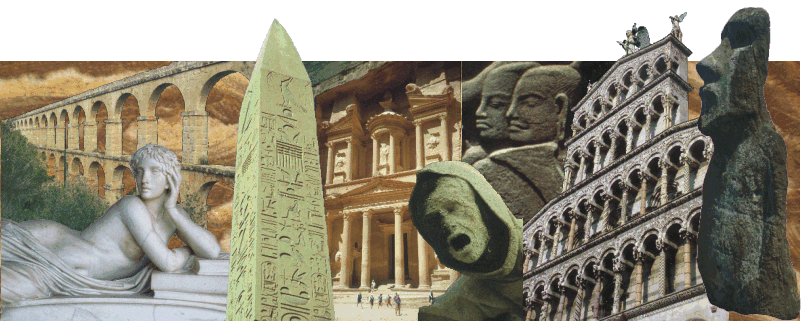
Natural stones were used as building material at historically important buildings and monuments as well as at modern and industrial buildings. The drastic increase of weathering damages at these monuments, especially at cultural monuments, requires urgent preservation measures on the basis of newest research results. Knowledge of the weathering state of monuments, of material properties of stones used and of material alterations owing to weathering is the basis for the explanation of the complex weathering processes and causes of damages and therefore important for planning and execution of preservation measures and for prevention of damages.
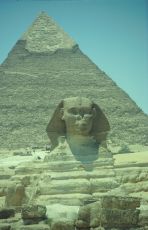
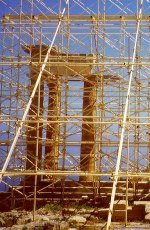

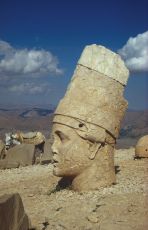
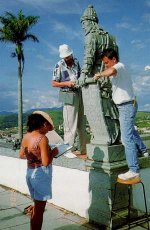
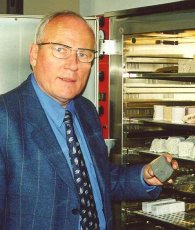
By means of monument-mapping the type, extent and distribution of the stones used and its damages are precisely documentated. An investigation method has been developed enabling us to record in detail weathering damages according to objective and reproducable criteria. The mapping results represent the basis for evaluation of the damage situation and they are fundamental for damage analysis. By means of detailed mappings the state of monument can be observed at long term and arising modifications can be registered. In addition to monument mapping measuring procedures are applied for evaluation of damages.
By means of modern analytical methods characteristical material properties of natural stones and modifications owing to weathering are studied. Mineral-, phase- and pollutant contents as well as porosity characteristics are required as basic information for rating the stone. Especially the microstructure analysis supplies important information. The exact registering of porosity characteristics is obtained by combination of various optimized measuring procedures. Modifications of pore structures due to stone protective agents are studied. The laboratory results represent an important part of damage investigation. They are essential for preservation and conservation measures.
In laboratory tests time-reduced weathering processes are simulated at quarried, weathered and treated natural stones. Besides standardized tests, checking the influence of especially one weathering factor, simulation tests with combined nature-adapted factors are executed. The produced material modifications are studied by means of analytical procedures and measuring techniques. The results of the simulation tests allow a prognosis of the weathering behaviour of stones at a monument. From correlation of results obtained by monument studies and weathering simulation the occurring weathering processes and further damage formation can be derived.
The working group "Natural stones and weathering" at the Geological Institute of the Aachen University of Technology has long-term experience in material- and damage investigation of natural stones. Within national and international research projects as well as within expert activities at numerous important cultural monuments research work for preserving these monuments is executed. The working group studies the Moai-sculptures on the Easter Island and rock tombs of the antique Nabatean city of Petra in Jordan besides many other monuments worldwide. For private and public institutions churches and castles as well as historical and modern monuments are studied and material testing is executed. The results of the investigations supply required decision supports for the execution of appropriate preservation measures.